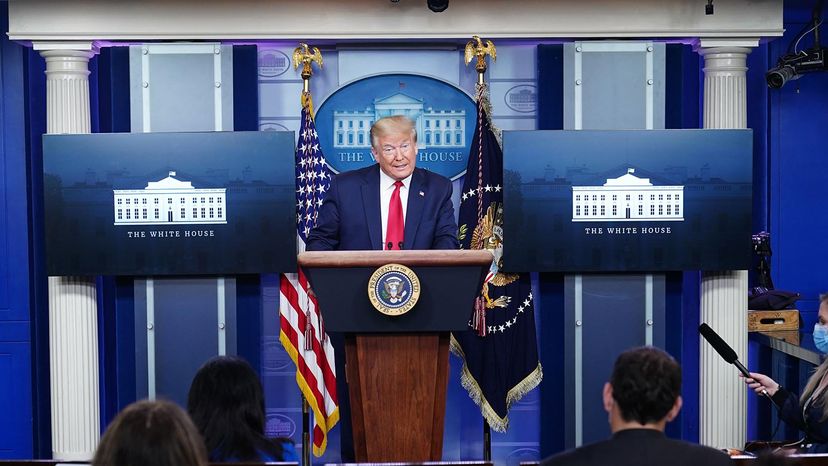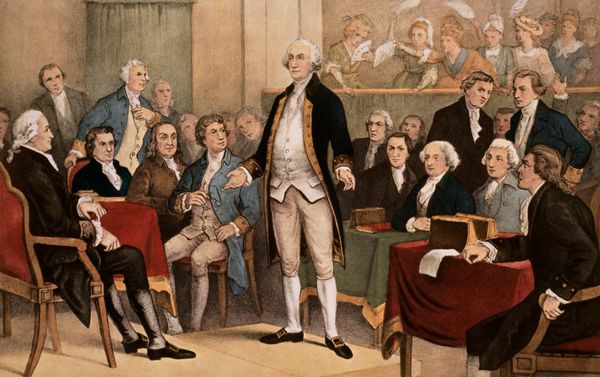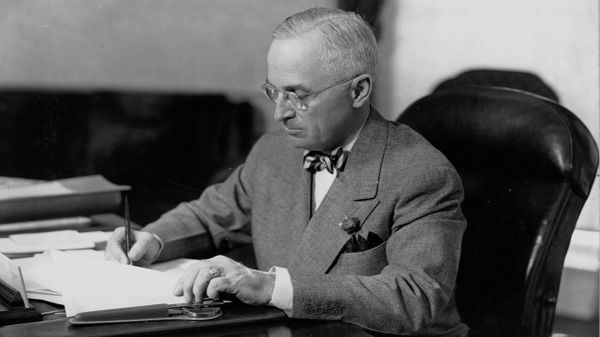So what does all this mean for the 2020 presidential election? Will President Trump's job-approval rating make or break his chances of winning re-election?
The short answer is yes. Since World War II, not a single incumbent presidential candidate has won re-election with a job-approval rating below 50 percent. Barack Obama almost became the exception in 2012, with an approval rating in the mid-40s a few months before election day. But by November, it had cleared the hurdle at 51 percent.
Does that mean that if Trump's approval rating continues to languish below 50 percent he will definitely lose re-election in 2020? Absolutely not. If there's one thing that Trump has proven in both his candidacy and tumultuous time in office is that precedent means nothing to this president.
Just look at this one startling fact: Trump was elected in 2016 despite being the least-liked major party presidential candidate of all time. His unfavorability rating on election day was a whopping 61 percent. It helped that his opponent, Hillary Clinton, had the second highest unfavorability rating in history at 51 percent.
You might notice that not every job-approval poll comes up with the same numbers. That's because each polling organization uses a slightly different methodology. Some pollsters, like Gallup and Quinnipiac, call up a representative sample of Americans over 18 and simply ask them if they approve or disapprove of the president's job performance. In Trump's case, those polls result in lower approval and higher disapproval numbers.
But what about Rasmussen Reports, Trump's favorite pollster? In that case, Rasmussen doesn't simply poll American adults or even American registered voters, a tighter demographic. Rasmussen only counts answers from "likely voters," people who say they are likely to vote in the next election. Rasmussen is also the only company polling people on a daily basis.
On top of that, Rasmussen Reports give respondents four options: "strongly approve," "somewhat approve," "somewhat disapprove," and "strongly disapprove." In Trump's case, the inclusion of "somewhat approve" seems to be enough to lift his Rasmussen approval numbers as many as 10 points higher than other major national pollsters. However, that doesn't always seem to be the case. The June 9, 2020, Rasmussen poll found that only 44 percent of likely U.S. voters approve of President Trump's job performance. The findings of the latest Gallup poll however, which was released June 10, 2020, showed Trump's approval rating had fallen to 39 percent. The polling was conducted from May 28-June 4, 2020, as protests occurred throughout the country after the May 25 death of George Floyd in police custody. It's the first time his approval rating has been below 40 percent since October 2019.
Of course, the 2020 election is not the 2016 election. The biggest difference, perhaps, is Trump is an incumbent president running on his own record. And 2020 so far has not been kind. Trump's approval rating has dropped 12.7 points among registered or likely voters since April 15, according to FiveThirtyEight estimates. And his handling of the coronavirus pandemic, the economic collapse that followed and the protests after of the death of Floyd by police could be his biggest threat to re-election, despite what any presidential approval poll says.




